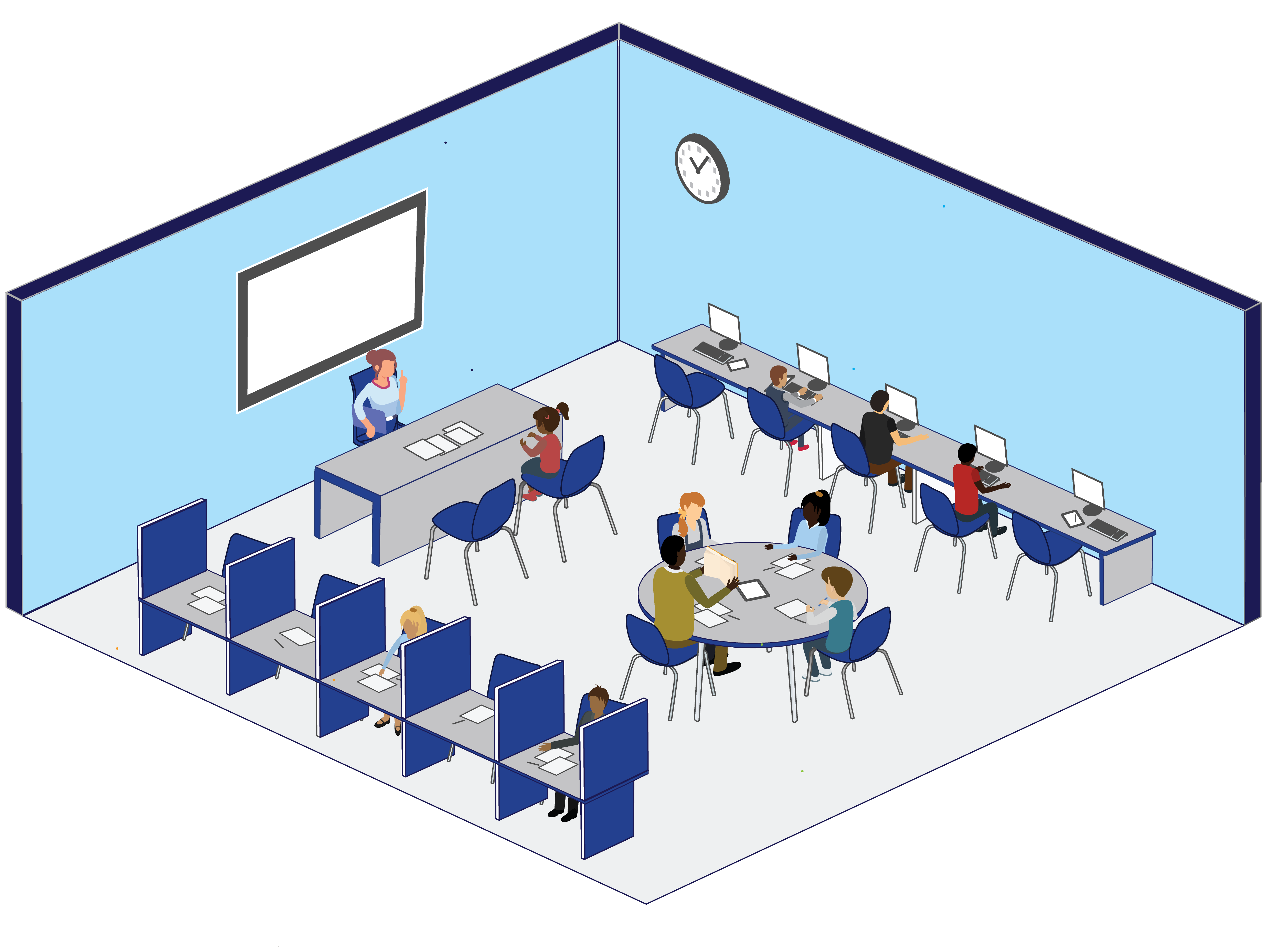Lindsey Russo, MSW – Education Director
Lindsey attended Concordia College-New York for her bachelor’s in Social Work and then went on to receive her Master’s degree from Fordham University in Westchester, New York. She graduated Quinnipiac University with her Sixth-Year degree. Lindsey has been with SESI since 2015, she has held a position as a school social worker in our New London, Norwalk, and Hartford schools. As a school social worker, Lindsey conducted individual and group sessions where she provided an authentic yet empathic relationship with the students to assist them in combatting their classroom struggles. She worked closely with families to promote the importance of a collaborative relationship between school and home.
In December 2016 Lindsey was promoted to be the director of our Norwalk location. In March 2023 she became the Education Director of our Camino Alto classrooms at Windham Public Schools. Those of you that have had the pleasure of meeting Lindsey know that her positivity is infectious! Lindsey exudes a genuine passion about her students’ success within the school setting and their ability to generalize their learned skills within their community. Lindsey loves hanging out with her pup, Finn, and her family! She also loves anything Disney, her favorite colors are pink and green and is a huge New England Patriots and New York Yankees fan.
Rachel Hume, LMSW – Certified School Social Worker
Rachel is a school social worker, who is passionate about helping our students succeed in and out of the classroom. Social Work wasn’t her first choice as she attended the University of Connecticut for her Bachelor’s in Natural Resources. After trying many different career paths, she found her passion for working in the mental health field, so she went back to school for her master’s in social work at the University of Saint Joseph. During her master’s degree, she worked as a paraprofessional at the Gengras Center School, a special education school in West Hartford, CT. During her master’s, she interned at a small mental health clinic called the Leo Clinic, in Hartford, CT conducting therapy sessions with children and their families. She also interned at United Services, Inc where she was a mobile crisis clinical intern. She started at Camino Alto in July 2023 and is excited to work with our students! In her free time, she loves spending time outdoors with her friends and her two dogs named Cinnamon and Sugar.
Jennifer Blackburn – Special Education Teacher
Jennifer is a special education teacher who is passionate about teaching students with all different types of learning styles. She graduated from the University of Connecticut (GO HUSKIES!) where she received her bachelor’s degree in Psychology and Sociology. Jennifer is continuing to pursue her education at WGU University where she is working towards her master’s degree. Jennifer was a paraprofessional in Mansfield, CT for 10 years before she became a certified teacher. She has gone on to teach at Achievement First in Hartford and JFK Elementary School in Windsor, CT.
Jennifer has a one-year son who is the absolute love of her life. She has four cats (Lucy, Mookie, Obi and Kenobi) and a dog Billie. In her free time Jennifer enjoys being outside, taking photographs, doing yoga, and hanging with her son and many, many animals. Jennifer enjoys watching football and her favorite season is fall! She started at Camino Alto in July 2023 and is excited to work with our students!
Ashley Hansen – Special Education Teacher
Ashley Hansen joined the Camino Alto team in August 2023 as a special education teacher. Ashley earned her bachelor’s degree from Bay Path University in Pre-Occupational Therapy with a minor in Early Childhood Education in May 2021. Ms. Hansen is pursuing her master’s degree at University of Hartford in Special Education with a projected graduation date of May 2024.
Previously, Ashley worked in an Applied Behavioral Analysis Program prior to coming to Camino Alto and enjoys working with her students to develop improvements on negative behavior and increase academic growth. Ashley loves spending time with her daughter, and her business, Lotus Nutrition. She enjoys eating out at restaurants, spending time with family and friends, going to the races, and going to the beach. Ashley is eager to see the improvement in her students with academic and behavioral goals.


